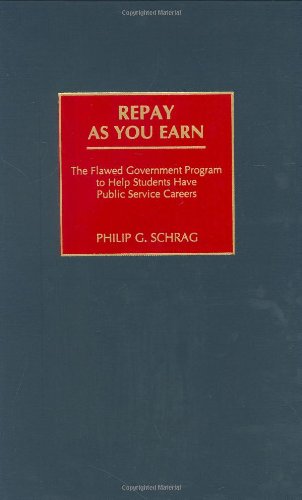موضوعات
آموزش و پرورش
ادبیات و زبان
پزشکی، دندانپزشکی و داروسازی
تاریخ و جغرافیا
داستان و رمان
دیگر
دین و فلسفه
روانشناسی
ریاضیات و آمار
سلامتی، تناسب اندام و رژیم غذایی
شیمی و پلیمر
علوم اجتماعی و حقوق
علوم زیستی و بیوتکنولوژی
فیزیک و نجوم
کامپیوتر و اینترنت
کتابهای کودکان و داستان
کسب و کار و اقتصاد
کشاورزی و دامپزشکی و غذا
معماری
مهندسی و فناوری
هنر و تئاتر
محصولات
85 inspiring ways to market your small business: inspiring, self-help marketing strategies that you can apply to your own business immediately - PDF
نویسندگان: خلاصه: This book sets out to be your own, pocket, marketing consultant - without the expense. Not only does it offer some great ideas but it explains how each idea will benefit your business, what you need to do to make it work, and how you can apply it to your own business immediately. Through a series of special response questions it cleverly gets across marketing ideas in combination with the vital thinking behind their application. Furthermore, it does so in a way that transfers 'ownership' of these strategies to you the business manager so that you feel thoroughly motivated and inspired to act.Whether you run a product or service-led business, it will help you to: Understand your market place, your competition and your customer, Create solid, reasoned foundations for your business, Develop credible marketing messages that attract your target customer, Decide on the most effective marketing methods for your business, Attract new customers, and boost business with existing customers, Build your business profile so that it's always working for you, Sell yourself and your business with ease and confidence, Complete your marketing plan and create a successful marketing system. The ideas are presented separately in bite-sized chunks so that you can devote just a little thinking and reflection time to each one before - most importantly - making it all happen.When The Market Moves Will You Be Ready - PDF
نویسندگان: خلاصه: nteractive exercises and trading guidelines for using today's most strategically advanced "event-trading" technique High-profile events and announcements can cause tremendous swings in stocks and sectors, and often point out tremendous opportunities to investors who know how to read them. When the Market Moves, Will You Be Ready? is a "how-to" for knowing which events matter versus which are meaningless, and how to take advantage of the former for consistent trading success. Emphasizing the practical side of trading, When the Market Moves, Will You Be Ready? features exercises, Q&As, and checklists for using investing techniques in day, swing, value, or virtually any other trading or investing style. This hands-on book explores: Techniques for finding the best stock in a given sector Methods for profitably combining technical and fundamental analysis Ways to continually assess market and sector trendsThe Stock Investor's Pocket Calculator: A Quick Guide to All the Formulas and Ratios You Need to Invest Like a Pro - PDF
نویسندگان: خلاصه: Every stock market investor needs to be able to calculate value, profits, and cash flow in order to make basic decisions like whether to buy, hold, or sell. But it's easy to get intimidated by all the ratios and formulas, especially when incorrect calculations can lead to costly investment mistakes.The Stock Investor's Pocket Calculator simplifies the math behind successful equity investing. Containing over 100 ratios and formulas, the book translates them into plain English, breaks them down into simple steps, and places them side-by-side with practical examples. Readers will learn how to:* judge portfolio value * assess corporate strength or weakness (both cash flow and profitability) * follow revenue and earnings trends * and more.Filled with worksheets, checklists, visual aids, and examples, this is a must-have guide for anyone investing in the stock market.Rocking Wall Street: Four Powerful Strategies That will Shake Up the Way You Invest, Build Your Wealth And Give You Your Life Back - Original PDF
نویسندگان: خلاصه: A true Renaissance man and teacher, Gary Marks adeptly explores four investment strategies that can achieve strong results and peace of mind-two concepts usually considered mutually exclusive in the world of Wall Street investing. Using his vast experience and folksy storytelling, Gary provides lessons, anecdotes, and strategies that will help readers find multiple levels of successRepay As You Earn: The Flawed Government Program to Help Students Have Public Service Careers - PDF
نویسندگان: خلاصه: Provides a guide for financial aid advisors and graduate students to help them understand who can benefit by electing to use the current income-contingent plan and how that plan can be improved.آیا کتاب مورد نظر هنوز بر روی سایت قرار نگرفته است؟ جای نگرانی نیست! کافی است بر روی گزینه سفارش کتاب کلیک کرده و درخواست خود را ثبت کنید. در کمتر از چند ساعت کتاب شما را آماده خواهیم کرد.









